RIBA selects six small projects for the 2023 Stephen Lawrence Prize
By Josh Niland|
Friday, Jul 14, 2023

Related
RIBA is continuing with its spate of 2023 awards program announcements today with the selection of six projects that will vie for the prestigious Stephen Lawrence Prize, an annual contest that honors the slain aspiring architect in what is now its 25th year.
As was previously reported, this is the first year in which the Prize will be selected from a list exclusively comprised of early-career architects in a move “aimed at celebrating new architectural talent" and in line with the election of Muyiwa Oki as its next President last year.
RIBA shares: "As part of the eligibility changes this year, an architecture student will join the jury on behalf of the Stephen Lawrence Day Foundation and go on to be mentored by the winning project architect." As in past years, the contest rewards projects that were completed with a budget of under £1 million.
Matthew Goldschmied, Jury Chair and Managing Trustee at the Marco Goldschmied Foundation, said: “From projects that make creative use of existing structures and everyday materials, to public spaces that bring communities together, this year’s shortlist celebrates an inspiring range of forward-thinking projects and six brilliantly talented early career architects. These are buildings that all address accessibility and social equity in some way, reminding us that excellent design can enrich people’s everyday lives.”
The six shortlisted projects are as follows:
A House for Artists by Apparata Architects
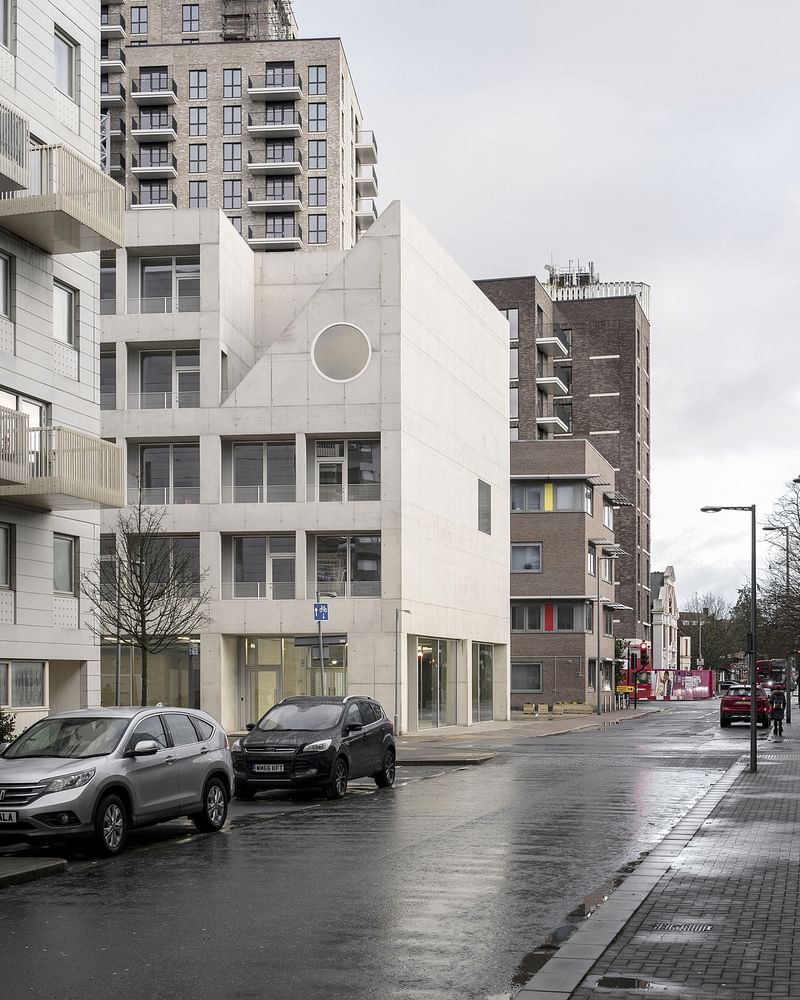
Jury citation: "A House for Artists provides an ambitious model for affordable and sustainable housing. Following a six-year effort by arts organisation Create London to provide affordable accommodation for creative people. The result is a flexible live/work space for 12 artists arranged across five floors. In exchange for reduced rent, they deliver free creative programmes for the neighbourhood through a street-facing, glass-walled community hall and outdoor exhibition space on the ground floor."
Curzon Camden by Takero Shimazaki Architects
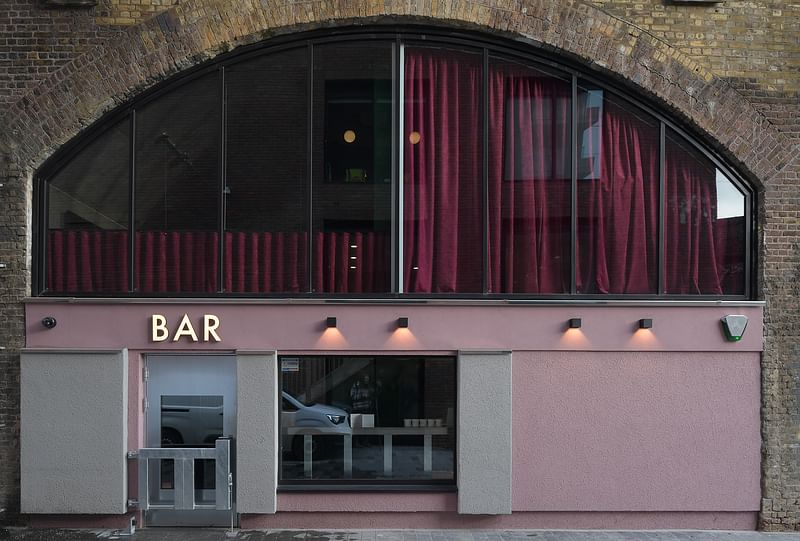
Jury citation: "Only a few yards from some of Camden Market’s busiest streets, the new Curzon cinema is tucked away under the arches of Railway Viaduct 4, forming one side of a narrow alleyway that is shared by pedestrians and vehicles. Much like a train, the new cinema is composed by seven distinct ‘carriages’ and a front ‘engine room’, the main café space at the corner, with additional seating on the mezzanine above. The first few arches past the corner entrance space are a continuation of the café, followed by five distinct screening rooms with 30 seats each, entered directly off the alleyway."
F51 Sports Park by Hollaway Studio
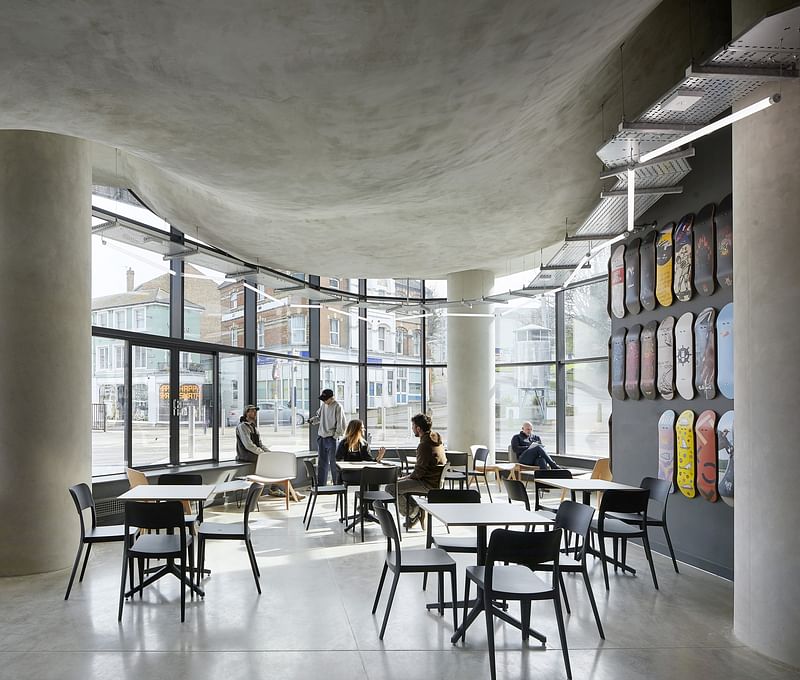
Jury citation: "Located on a traffic gyratory in Folkestone, F51 Sports Park is the world’s first multi-storey skatepark. Funded by local philanthropist Sir Roger De Haan, it provides a space for nurturing young people through sport on their own terms.
Appearing on approach as a shimmering aluminium vessel with glimpses of the tangerine-orange structure within, F51 looks like nothing else. Home to three floors of skating, a climbing wall, and a boxing club, as well as the social and multifunctional spaces that you would expect, there is a tangible buzz to the place."
Lighthouse Children's Home by Conrad Koslowsky Architects
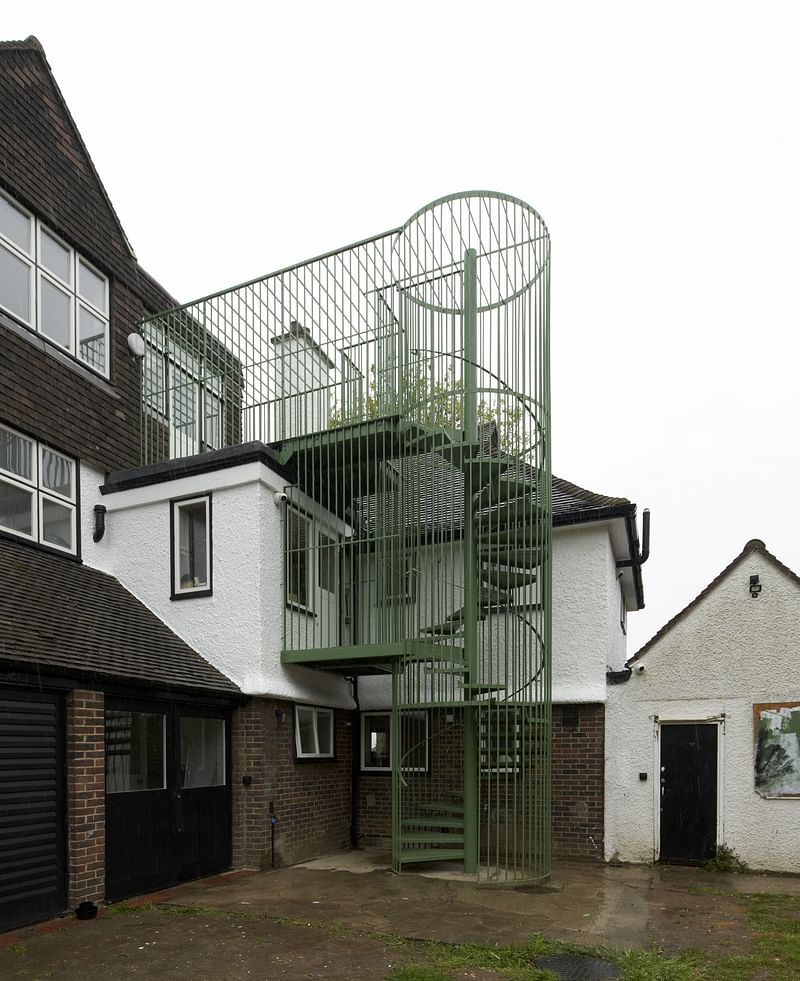
Jury citation: "At first glance, Lighthouse Children’s Home appears as a visually unassuming project which sits perfectly within its context in suburban South West London. However, upon entering the building, visitors are welcomed by a high-quality interior and a layout that invites curiosity about the surrounding spaces.
Built in the Arts and Crafts style and latterly derelict, the former care home now has six generous bedrooms (for children aged 12–17), each with their own en-suite bathroom, along with a dedicated sleeping-in room for overnight staff and a flexible apartment on the third floor for two care leavers (aged 16+). Two large living rooms provide entertainment and educational rooms. The double kitchen has plenty of space for several young cooks, and a custom-designed dining table forms the heart of the home."
Manber Jeffries House by James Alder Architects
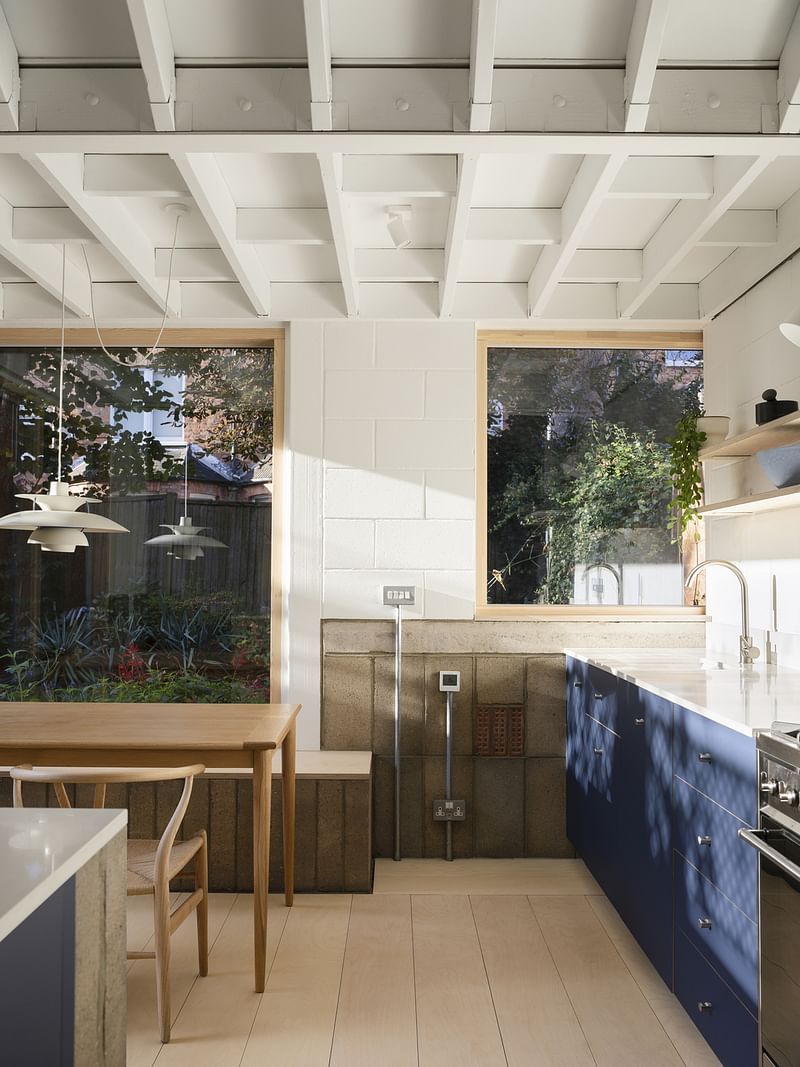
Jury citation: "Manber Jeffries House is an exquisitely conceived extension to a garden flat within a Victorian semi-detached villa in Willesden Green, London. Cleverly negotiating a half-storey step down to the garden, the new extension deftly brings the focus of the client’s home into a 26sqm kitchen/dining room. Simultaneously expressed as a tall, vaulted volume and a semi-sunken space, the extension is both generous and intimate in its scale."
Museum of the Home by Wright & Wright Architects
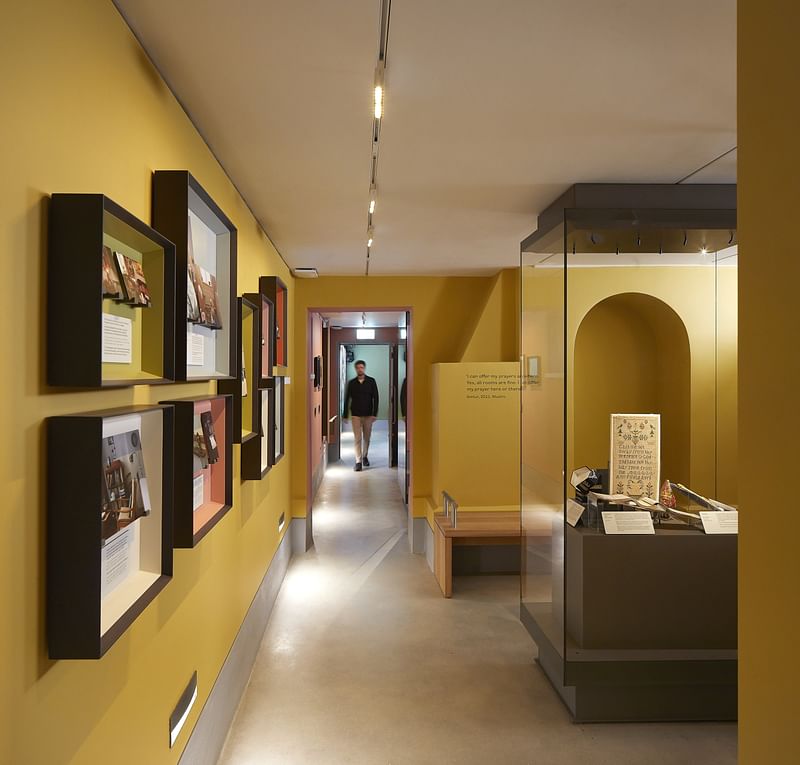
Jury citation: "The museum’s Grade I-listed alms house buildings are set within a historic context of public gardens, creating an unexpected green oasis in Hackney. The architects have used the rich history of the site to inform the renovation of the early 18th century buildings, providing new extensions to create an 80% increase in exhibition space for the museum’s collections and 50% more public space. Visitors are beckoned towards the new entrance by bold welcoming signage opposite Hoxton rail station."
The winner will be announced during RIBA's October 19th Stirling Prize ceremony at the Victoria Warehouse in Manchester. Read more about the Stephen Lawrence Prize here.

RELATED NEWS RIBA reforms Stephen Lawrence Prize requirements to focus on early-career architects


Share
0 Comments
Comment as :